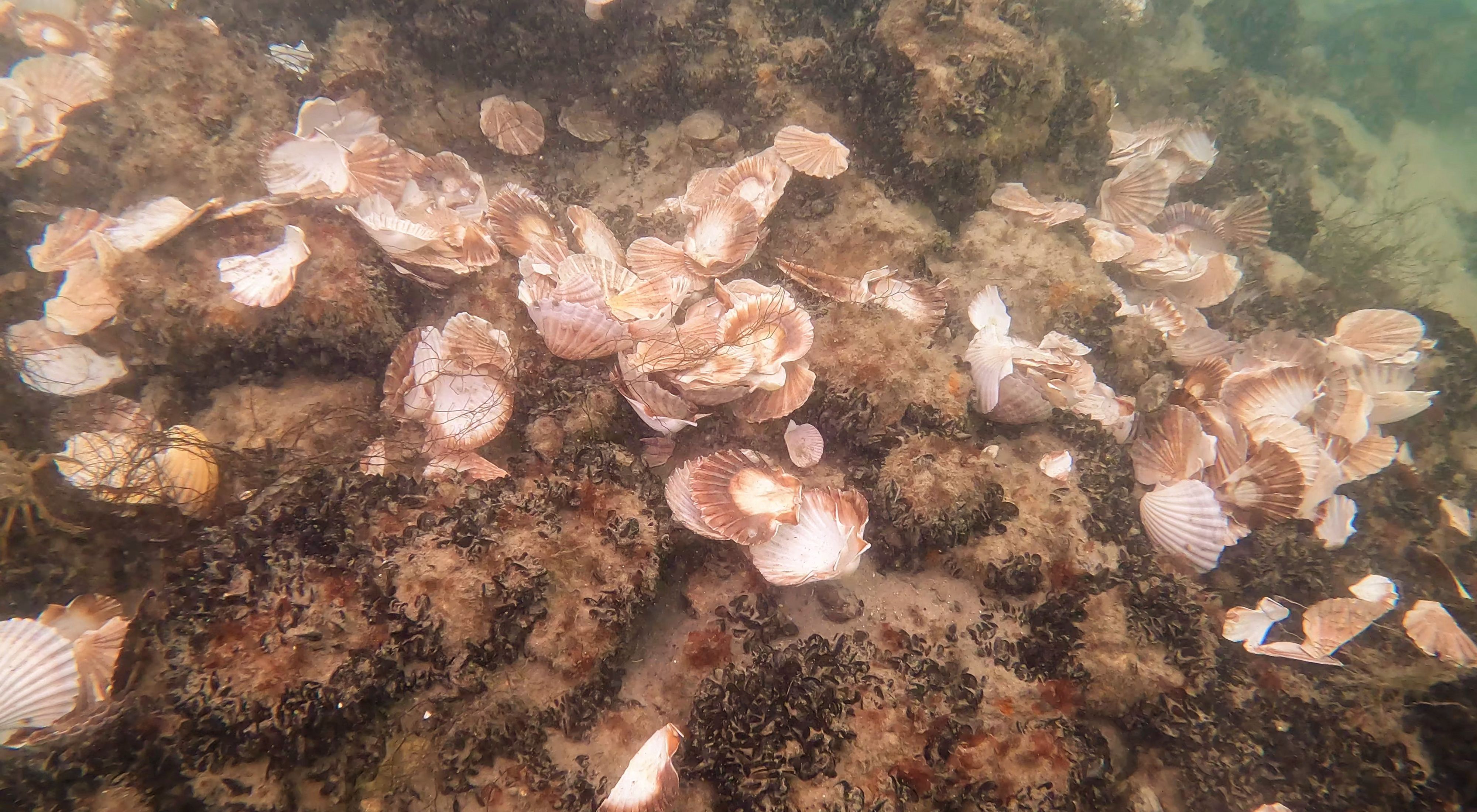Media Contacts
-
Vanessa Billy
Communications Manager
The Nature Conservancy Australia
Phone: 0478 638 180
Email: vanessa.billy@tnc.org
Around 2.5 million baby native flat oysters will soon call the Gippsland Lakes home, where they will be placed onto shellfish reefs being restored by The Nature Conservancy (TNC).
“This is a very exciting and important milestone for our shellfish reef restoration project in the Gippsland Lakes,” The Nature Conservancy’s project coordinator, Scott Breschkin, said.
“The seeding of the reefs is the final major step in the reef restoration process for our 17 reef patches located in a 3 hectare restoration area near Nyerimilang.”
The baby oysters were grown at the Victorian Shellfish Hatchery in Queenscliff using adult native flat oysters collected from the local area. The baby oysters were grown on sterilised scallop shells collected from restaurants in Melbourne and recycled under TNC’s Shuck Don’t Chuck initiative.
The baby oysters will be placed onto the reefs by divers known as seeding. Seeding with these baby oysters helps to kick start the reef building process, with the baby oysters growing to form complex structures that will provide feeding grounds and habitat for a variety of aquatic species in The Lakes.
In March 2022, TNC, in partnership with the Australian Government and with support from the East Gippsland Catchment Management Authority, commenced a shellfish reef restoration project in the Gippsland Lakes.
“This project is one example of the government’s $20 million Reef Builder Initiative, undertaken in partnership with The Nature Conservancy,” Minister for the Environment and Water, Tanya Plibersek, said.
“It’s nearly a year since The Nature Conservancy placed nearly 2,000 tonnes of limestone rock on the sea floor to create reef patches – restoring reefs that have been lost.
“Around 2.5 million baby native flat oysters have been grown on recycled scallop shells from Melbourne’s restaurants and will soon be placed on the restored shellfish reefs in their new home.
“For the Gippsland Lakes, this is the final piece in a very important puzzle that will bring a range of benefits, including filtering water, supporting sea life, and allowing recreational activities,” Minister Plibersek said.
A selection of the reef patches had already been seeded with around 1 million baby oysters mid 2022.
“Early indications are that the reefs are already thriving, with millions of baby mussels and a few native flat oysters already naturally attaching to the limestone reef base. The 1 million native flat oysters placed on the reefs in July 2022 are also doing well,” said M. Breschkin, who dived on the reefs in October 2022 to inspect their progress.
Shellfish reefs were once abundant along the coast of much of Australia, but Victoria has lost more than 95% of its native flat oyster and blue mussel reefs.
The Nature Conservancy is on a mission to bring back these ecosystems from the brink of extinction. The Gippsland Lakes is one of 13 sites in Australia where TNC is currently undertaking shellfish reef restoration as part of a $20 million Reef Builder initiative in partnership with the Australian Government.
Mr Breschkin said the project will bring multiple benefits to the iconic Gippsland Lakes.
“This incredible project aims to restore an important native ecosystem, while also providing many benefits for the unique environment of the Gippsland Lakes and its communities. Shellfish are excellent water filterers and once established, shellfish reefs can help improve local water quality. They also provide habitat, food and shelter for many species and will contribute to creating a thriving ecosystem,” he said.
If you would like to know more about our reef restoration work in the Gippsland Lakes, please visit: natureaustralia.org.au/gippslandlakes
The Nature Conservancy is a global conservation organisation dedicated to conserving the lands and waters on which all life depends. Guided by science, we focus on getting things done efficiently and with the greatest positive impact for conservation. We’re a trusted organisation working in more than 70 countries and territories around the world on innovative solutions to our world’s toughest challenges so that nature and people can thrive together. To learn more about The Nature Conservancy in Australia, follow us on Facebook.
